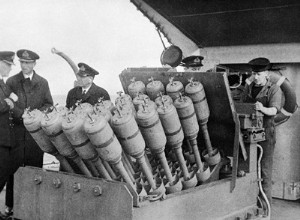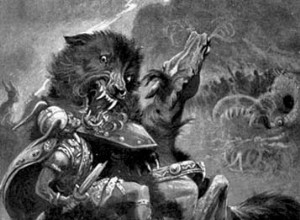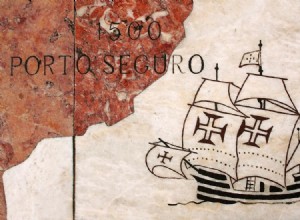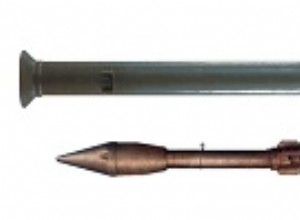The Hedgehog Ideal complement to ASDIC, it was a multiple launcher with spurs; it projected at the front of the building, with a certain dispersion, 24 contact rocket bombs each containing 15 kg of Torpex, a powerful explosive. This allowed firing before the ASDIC contact of the submarine was lost.




